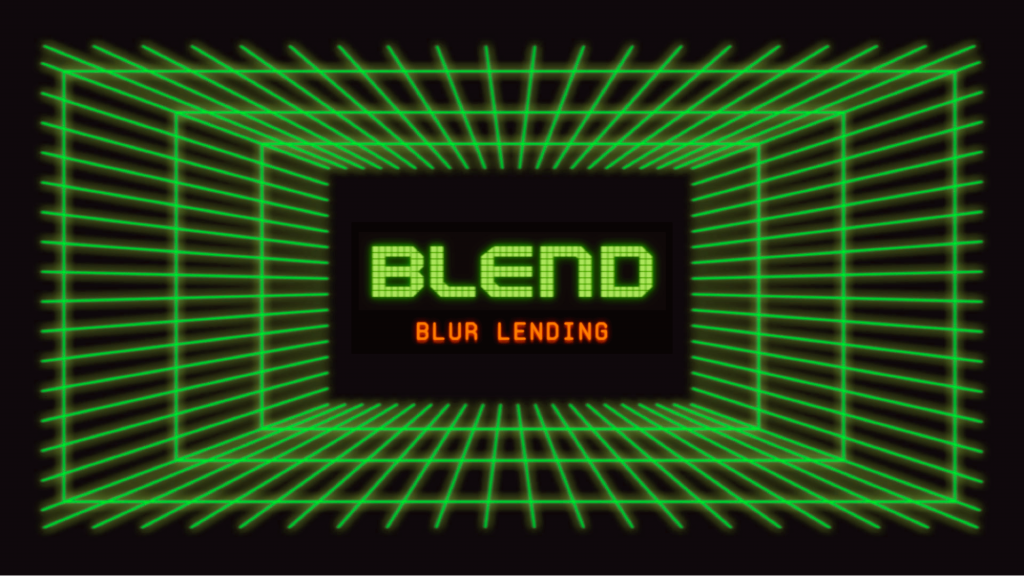What it is and how it works

One of bitcoin’s biggest technical challenges is its so-called scalability. To function effectively as a means of transaction (ie to be used as currency in daily exchanges), Bitcoin must have the ability to handle a significant volume of transactions at a rapid pace. However, the bitcoin network can only process a relatively small number of transactions compared to Visa or American Express. As more people use bitcoin, the network becomes congested, and transaction times and fees increase.
Enter the Lightning Network. Lightning is a secondary network that sits on top of the bitcoin blockchain. It is a network of payment channels that enable near-instant, low-cost bitcoin transactions. On the Lightning Network, users can send and receive bitcoin without having to wait for confirmations on the blockchain. This means that transactions can be completed instantly, rather than in minutes or hours.
What is the Lightning Network?
The Lightning Network offers near-instant, low-cost transaction capabilities. It connects those who have been left in the shadows of traditional banking services to the global economy. In developing countries, this transformative technology is of enormous importance. For example, thousands of African bitcoin users without internet access can still use the Lightning Network via a tool called Machankura.
For some of these users, some of whom may also be unbanked, this bitcoin tool reduces prohibitive transaction fees and enables faster, cheaper remittance transfers than traditional alternatives. According to a World Bank report in late 2020, the global average cost of sending remittances was 6.38%, while the average cost for sub-Saharan Africa was even higher at 8.47%. As such, BitMEX Research reported in 2018 that the Lightning Network could provide a crucial lifeline, with fees often less than 1%, for many users in less developed regions of the world.
How lightning works
Imagine that you and a friend go to a coffee shop every morning. You both have a bitcoin wallet and you want to buy each other’s coffee without having to pay high transaction fees or wait for confirmations on the blockchain. So you and your friend open a payment channel between your two wallets on the Lightning Network.
Now, every time you buy a coffee for your friend, you update the payment channel with the new balance. The payment channel keeps track of who owes what to whom. The transaction is instant and free. You and your friend can continue to buy each other’s coffee this way until you’re ready to settle the final balance. When you’re ready to settle, simply close the payment channel. The final balance is recorded on the bitcoin blockchain.
By comparison, within the traditional financial system, people can use a mobile payment, such as Venmo, Apple Pay or Zelle, to instantly send and receive money using the balance in their bank accounts. These apps facilitate transactions between users who are part of the same platform. However, they rely on traditional financial institutions and centralized services, which may not be accessible to all.
The value of the Lightning Network is to give people who do not share the same traditional financial networks or use different apps and banks the ability to transact directly. Even if I use one Lightning wallet and you use another, we can still trade, unlike if I use Zelle and you use Venmo. In this sense, the Lightning Network provides a decentralized option to facilitate transactions, particularly useful for those who are unbanked or face high fees within the traditional financial system.
This is just one example of how the Lightning Network can be used. The Lightning Network can support a virtually unlimited number of payment channels, meaning that anyone can transact with anyone else on the network. This opens up a world of possibilities for micropayments, instant payments and more.
Lightning IRL
So why isn’t everyone using the Lightning Network yet? Well, it’s still in the early stages and there are still some technical hurdles to overcome. However, there are already many businesses and individuals using the Lightning Network for their bitcoin transactions. Now, many individuals are familiar with the case of El Salvador, where, under the leadership of President Nayib Bukele, bitcoin was declared legal tender in 2021.
In my capacity as a member of the IBEX team, a company dedicated to advancing Lightning Network infrastructure, I have had several opportunities to visit El Salvador. During these visits, I experienced firsthand the remarkable convenience of Lightning Network transactions. From getting tamales on the street to hailing taxis or booking accommodation, the simplicity and efficiency of these transactions has me believing in a hyper-bitcoinized future, and it seems I’m not the only one. Napoleon Osorio, a taxi driver in El Salvador, shares my sentiment. He knew that when bitcoin was legalized in El Salvador, many people would come to the country and would use it as a means of payment. In response, Osorio made the decision to open his taxi business to accept payments in bitcoin, a decision he still stands by today. When asked about the future of bitcoin, Osorio said: “I believe that bitcoin will grow businesses and that it will also bring better operations to all types of companies.” Asked about the future of bitcoin adoption by businesses outside of El Salvador, Osorio said, “of course.”
“I just returned from a trip in Uvita, Costa Rica and all the payments were made in bitcoin, step by step more people will do it in the world,” Osorio told me. As more individuals and businesses adopt bitcoin, the need for currency exchange may become obsolete in many cases, making it easier and more efficient to trade globally. It is clear that bitcoin is gaining momentum as a means of payment with the help of the Lightning Network. Although El Salvador was the first nation to adopt bitcoin as legal tender, the extent of bitcoin adoption by businesses around the world, especially in the United States, may surprise you.
Lightning close to you
BTC Map, an open source project that acts as a compass for bitcoin enthusiasts looking for places to spend around the world, estimates that there are 8,936 places to spend bitcoin in the US alone. Many of these places also accept bitcoin payments via the Lightning Network. For a more traditional startup example, the Oshi app allows users to earn rewards for their patronage. While the United States may not yet recognize bitcoin as legal tender, as El Salvador does, there are already companies using bitcoin for payments, via the Lightning Network.
The Lightning Network has the potential to transform the world of payments, making bitcoin more accessible, faster and cheaper to use. Lightning is the scaling solution that brings bitcoin into the everyday lives of ordinary people. Whether you’re a business owner, investor, bitcoin user, or just a curious person, the Lightning Network is worth paying attention to.
Mediation: The company I work for, IBEX, aims to advance Lightning Network infrastructure.
Follow me on Twitter or LinkedIn.
























